The Vintagent Trailers: A preview of our favorite feature films out there.
THE MOTORCYCLE DIARIES (2004)
Run Time: 2:06:00
Producer: FilmFour, South Fork Pictures, Tu Vas Voir Productions
Director: Walter Salles
Writer: Ernesto ‘Che’ Guevara, Alberto Granado, Jose Rivera
Key Cast: Gael García Bernal, Rodrigo de la Serna, Mía Maestro
FILM MAKERS
The Motorcycle Diaries is a 2004 biopic about the journey and written memoir of the 23-year-old Ernesto Guevara, who would several years later become internationally known as the Marxist guerrilla leader and revolutionary leader Che Guevara. The film recounts the 1952 expedition, initially by motorcycle, across South America by Guevara and his friend Alberto Granado. As well as being a road movie, the film is a coming-of-age film; as the adventure, initially centered on youthful hedonism, unfolds, Guevara discovers himself transformed by his observations on the life of the impoverished indigenous peasantry. Through the characters they encounter on their continental trek, Guevara and Granado witness first hand the injustices that the destitute face and are exposed to people and social classes they would have never encountered otherwise. To their surprise, the road presents to them both a genuine and captivating picture of Latin American identity. As a result, the trip also plants the initial seed of radicalization within Guevara, who would later challenge the continent’s endemic economic inequalities and political repression.
The screenplay is based primarily on Guevara’s trip diary of the same name, with additional context supplied by Traveling with Che Guevara: The Making of a Revolutionary by Alberto Granado. Guevara is played by Gael García Bernal (who previously played Che in the 2002 miniseries Fidel), and Granado by the Argentine actor Rodrigo de la Serna, who incidentally is a second cousin to the real-life Guevara on his maternal side. Directed by Brazilian director Walter Salles and written by Puerto Rican playwright José Rivera, the film was an international co-production among production companies from Argentina, the United States, Germany, the United Kingdom, Chile, Peru and France.
SUMMARY
“The Che of The Motorcycle Diaries is more akin to Jack Kerouac or Neal Cassady than Marx or Lenin.” – Paul Webster, executive producer
In 1952, a semester before Ernesto “Fuser” Guevara is due to complete his medical degree, he and his older friend Alberto Granado, a biochemist, leave Buenos Aires to travel across South America. While there is a goal at the end of their journey – they intend to work in a leper colony in Peru – the main purpose is initially fun and adventure. They desire to see as much of Latin America as they can, more than 14,000 kilometres (8,700 mi) in just four and a half months, while Granado’s purpose is also to bed as many women as will fall for his pickup lines. Their initial method of transport is Granado’s dilapidated Norton 500 motorcycle christened La Poderosa (“The Mighty One”).
Their planned route is ambitious, bringing them north across the Andes, along the coast of Chile, through the Atacama Desert and into the Peruvian Amazon in order to reach Venezuela just in time for Granado’s 30th birthday on 2 April. However, due to La Poderosa’s breakdown, they are forced to travel at a much slower pace, often walking, and do not make it to Caracas until July.
During their expedition, Guevara and Granado encounter the poverty of the indigenous peasants, and the movie assumes a greater seriousness once the men gain a better sense of the disparity between the “haves” (to which they belong) and the obviously exploited “have-nots” (who make up the majority of those they encounter) by travelling on foot. In Chile, for instance, they encounter a penniless and persecuted couple forced onto the road because of their communist beliefs. In a fire-lit scene, Guevara and Granado ashamedly admit to the couple that they are not out looking for work as well. The duo then accompanies the couple to the Chuquicamata copper mine, where Guevara becomes angry at the treatment of the workers.
However, it is a visit to the ancient Incan ruins of Machu Picchu in Peru that solidifies something in Guevara. His musings are then somberly refocused to how an indigenous civilization capable of building such beauty could be destroyed by the creators of the eventually polluted urban decay of nearby Lima.
Later, in Peru, they volunteer for three weeks at the San Pablo leper colony. There, Guevara observes both literally and metaphorically the division of society, as the staff live on the north side of a river, separated from the deprived lepers living across the river to the south. To demonstrate his solidarity, and his medical belief that leprosy is not contagious, Guevara refuses to wear rubber gloves during his visit as the head nun requires, choosing instead to shake bare hands and interact normally with the surprised leper patients.
At the end of the film, after his sojourn at the leper colony, Guevara confirms his nascent egalitarian, revolutionary impulses, while making a birthday toast, which is also his first political speech. In it, he invokes a pan-Latin American identity that transcends the arbitrary boundaries of both nation and race. These encounters with social injustice transform the way Guevara sees the world and his purposes in it, and by implication motivates his later political activities as a Marxist revolutionary.
Guevara makes his symbolic “final journey” at night when, despite the danger and his asthma, he swims across the river that separates the two societies of the leper colony, to spend the night in a leper shack, instead of in the doctors’ cabins. Later, as they bid each other farewell at an airport, Granado reveals that his birthday was not 2 April, but rather 8 August, and that the aforementioned goal was simply a motivator: Guevara replies that he knew all along. The film closes with an appearance by the real 82-year-old Alberto Granado, along with pictures from the actual journey and a brief mention of Che Guevara’s eventual 1967 CIA-assisted execution in the Bolivian jungle.
RELATED MEDIA
Read The BOOK
Follow the MAP of The Motorcycle Diaries
Watch the FULL FILM on Youtube
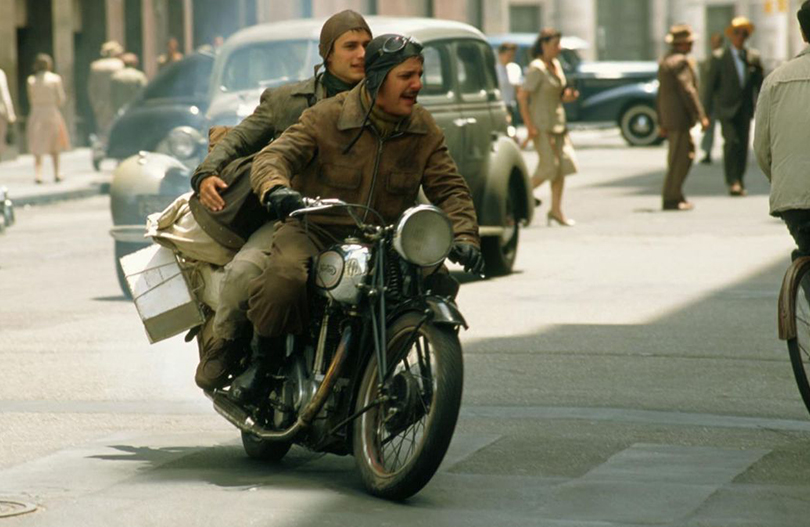
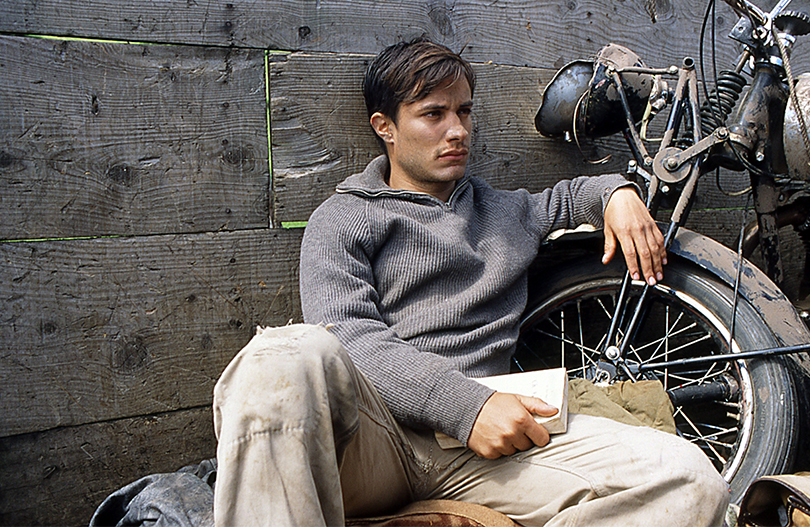

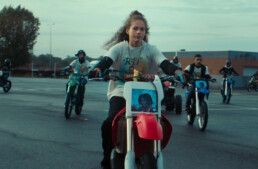
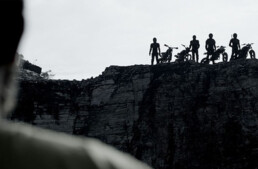
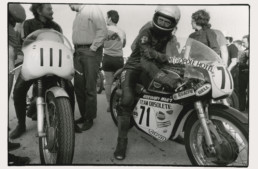
Ahhhh … one of the classic go to’s …. a bit too predictable perhaps … but then again …
you’d be surprised how many people either read the book years ago but don’t know the film…or know the film but haven’t read Che’s book 😉